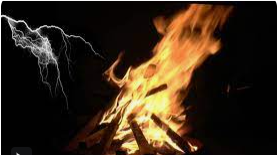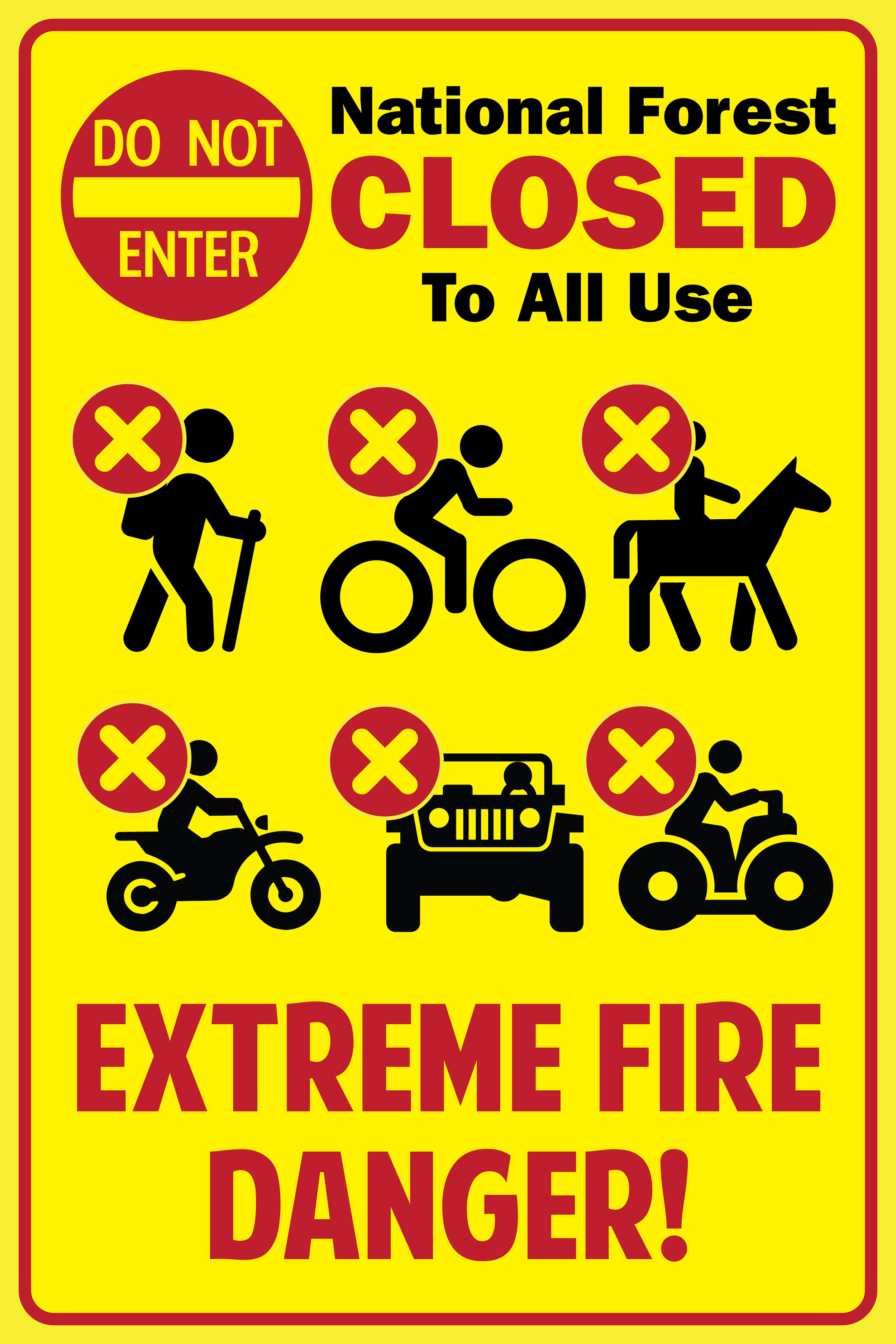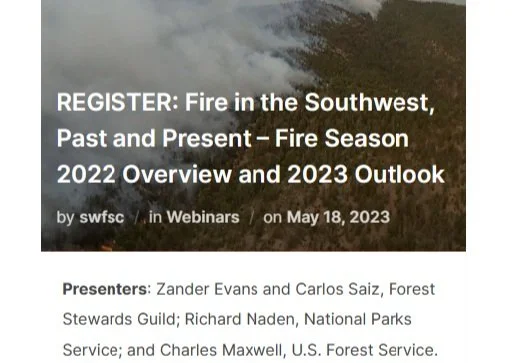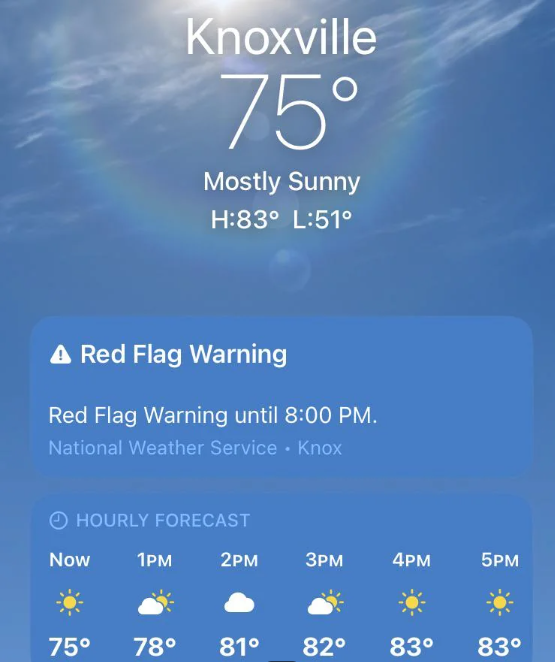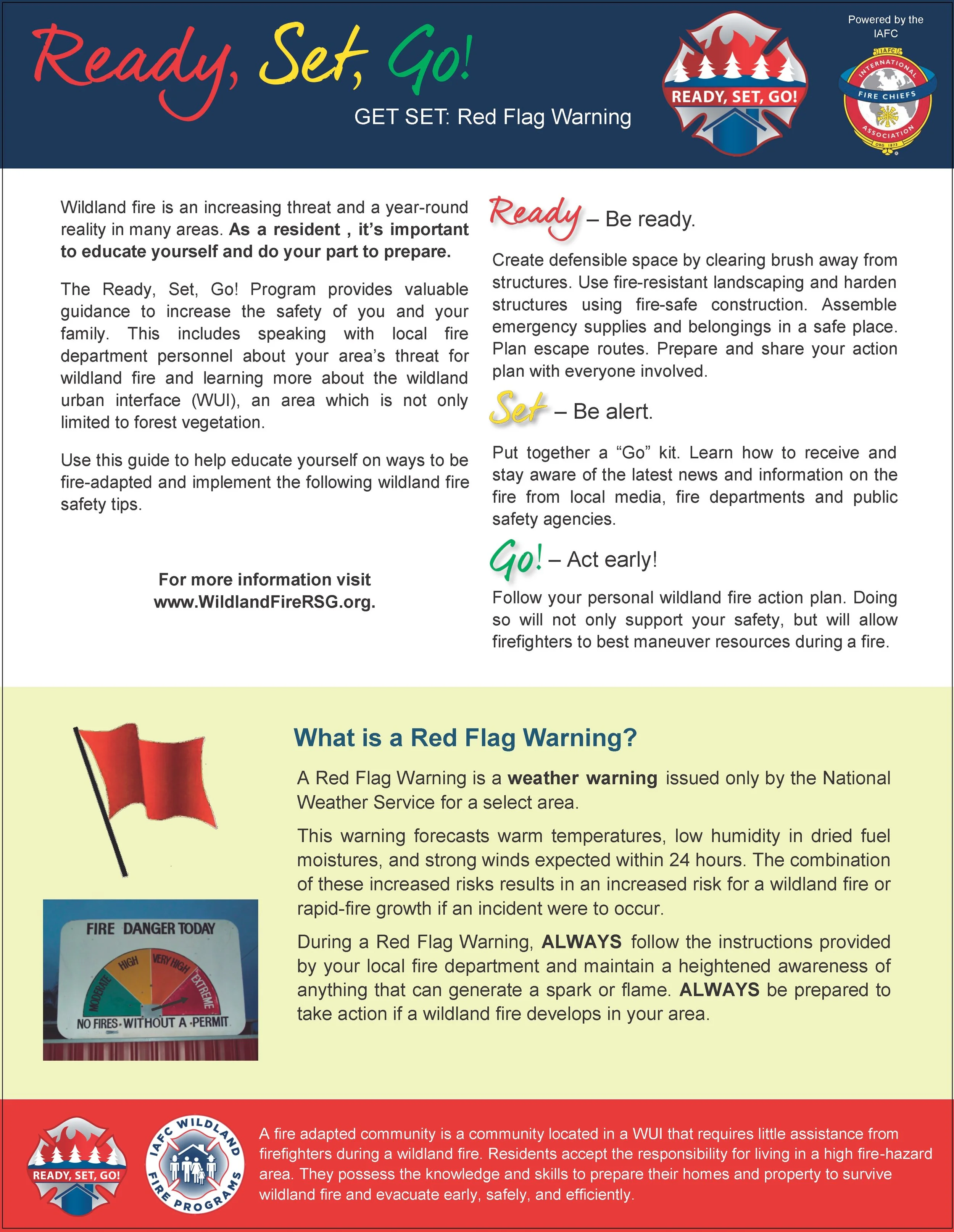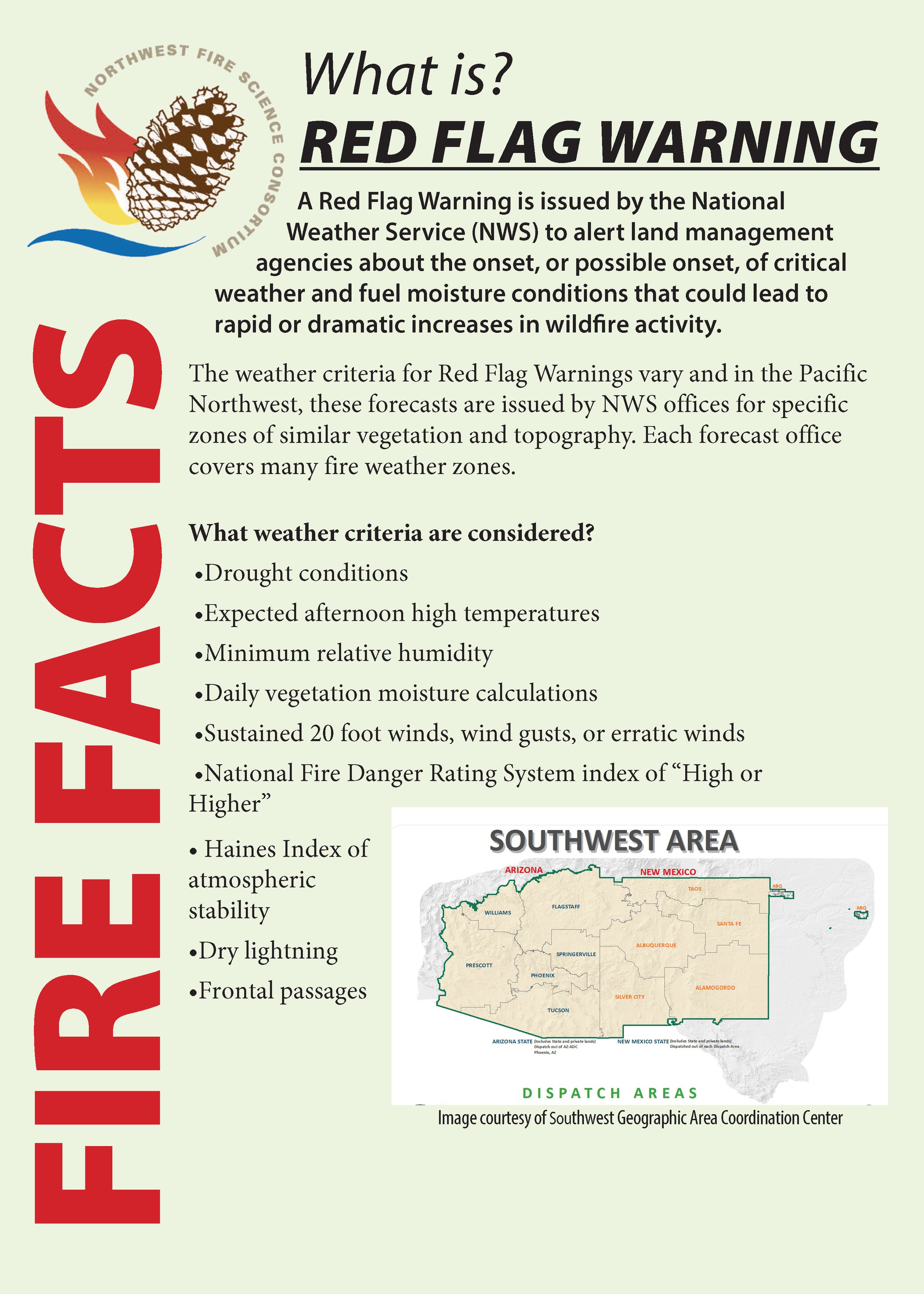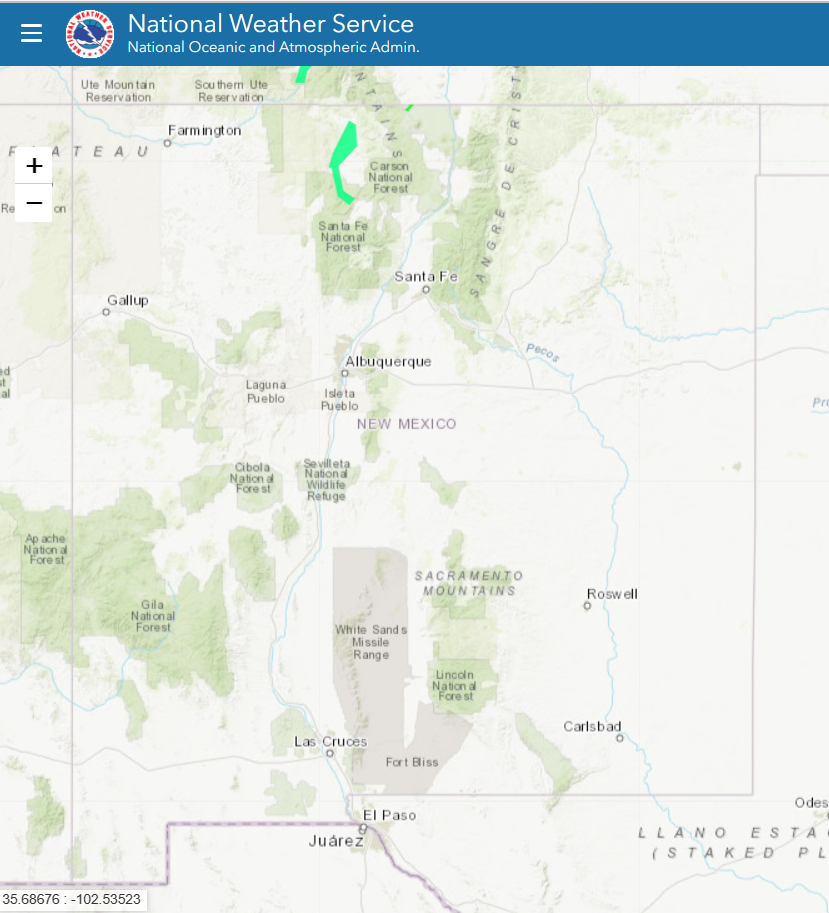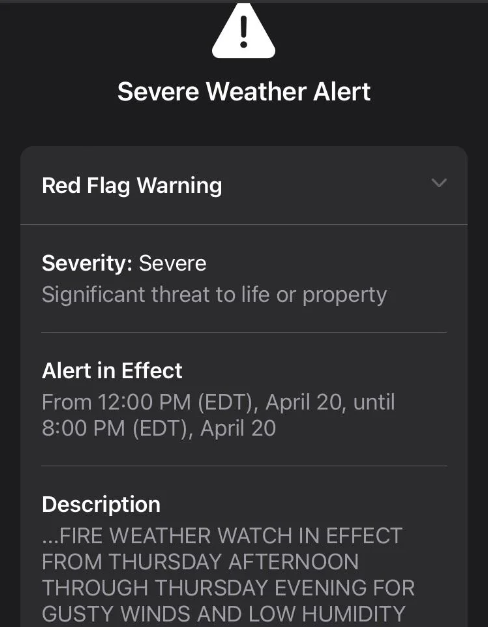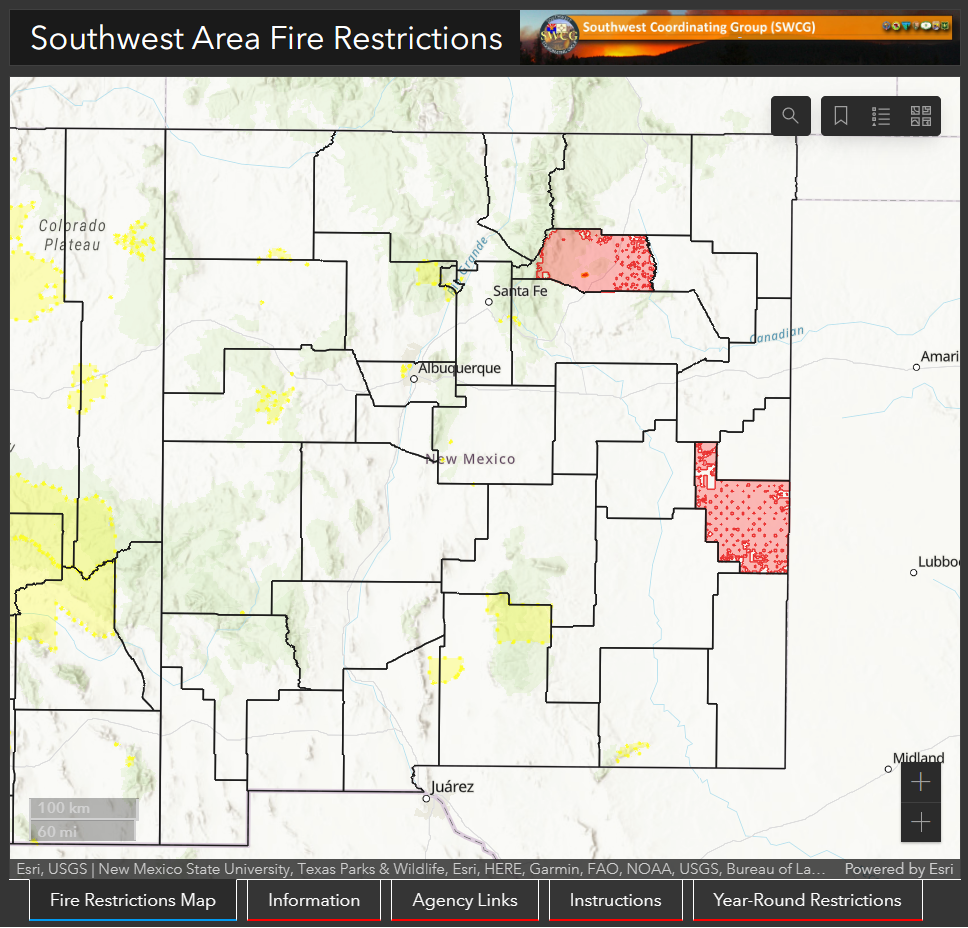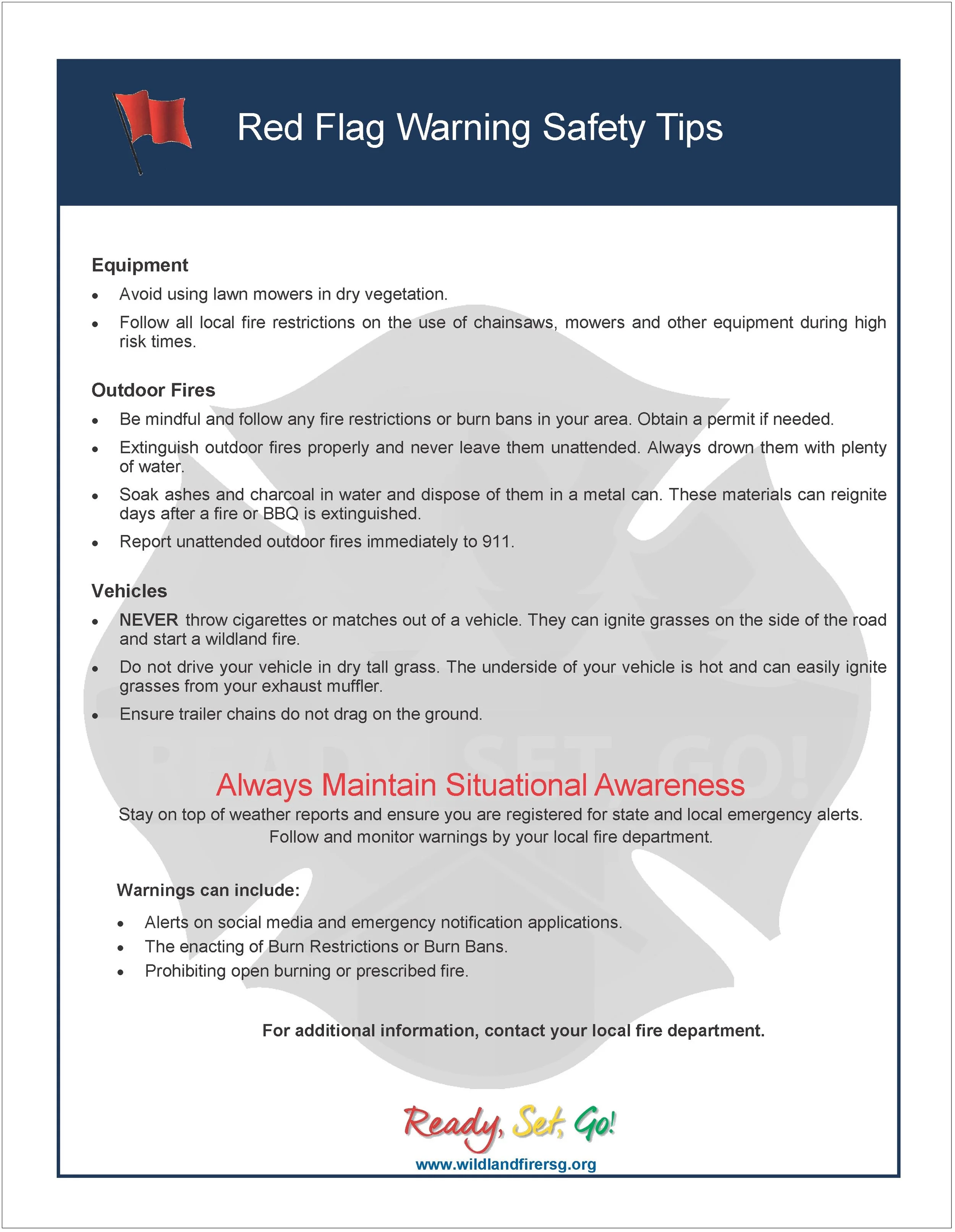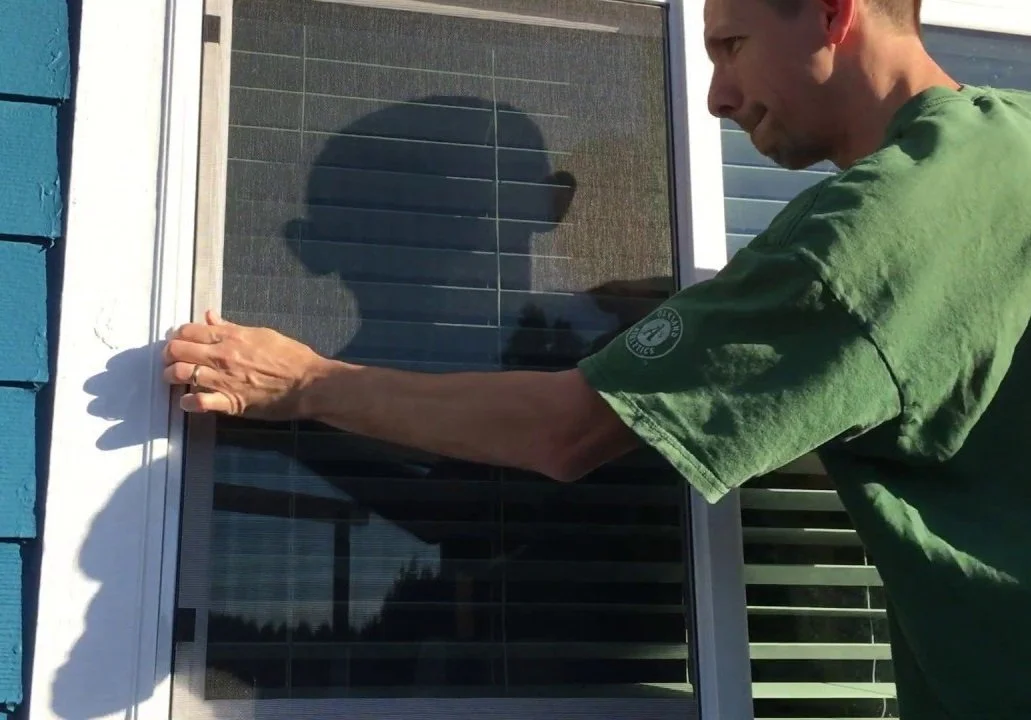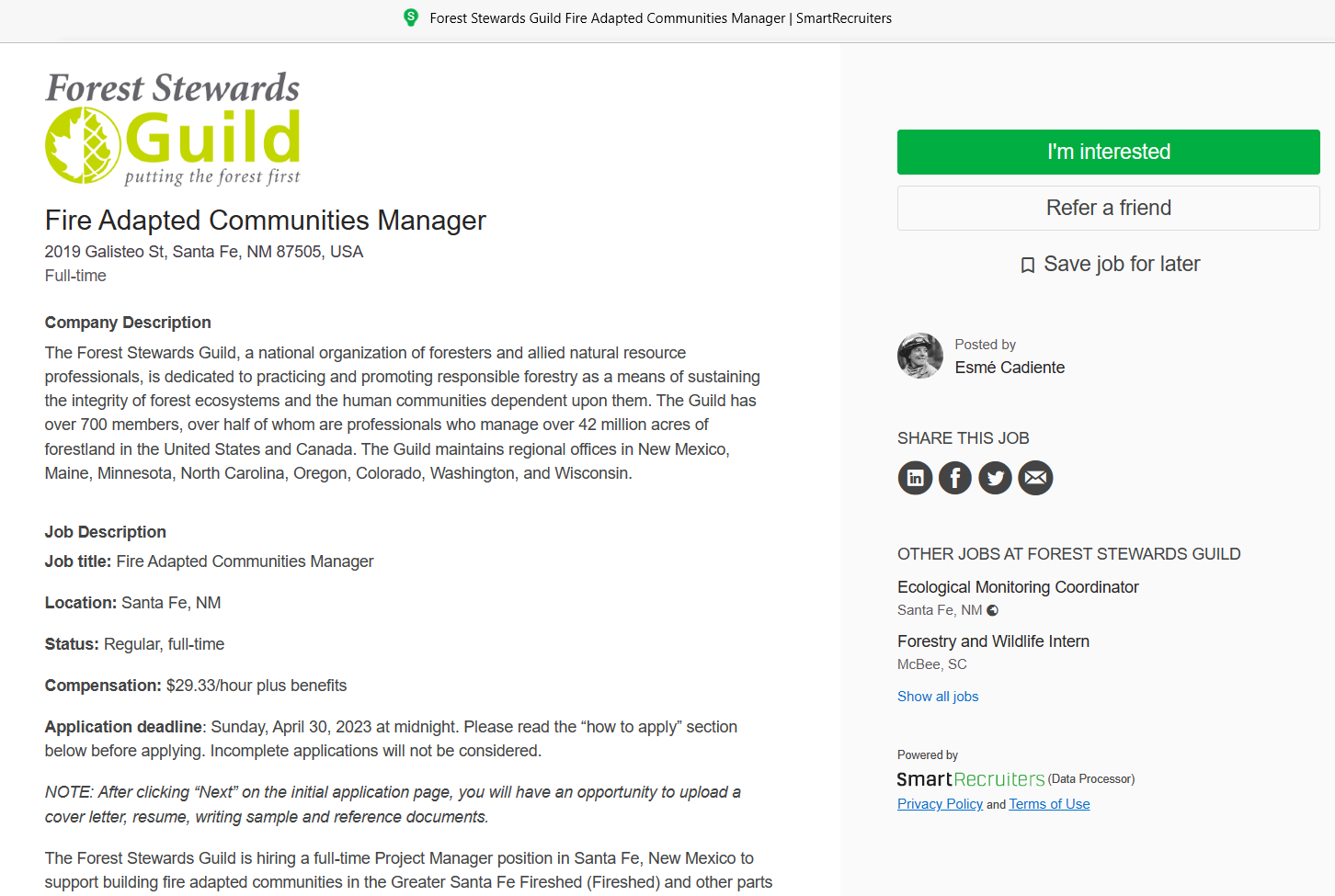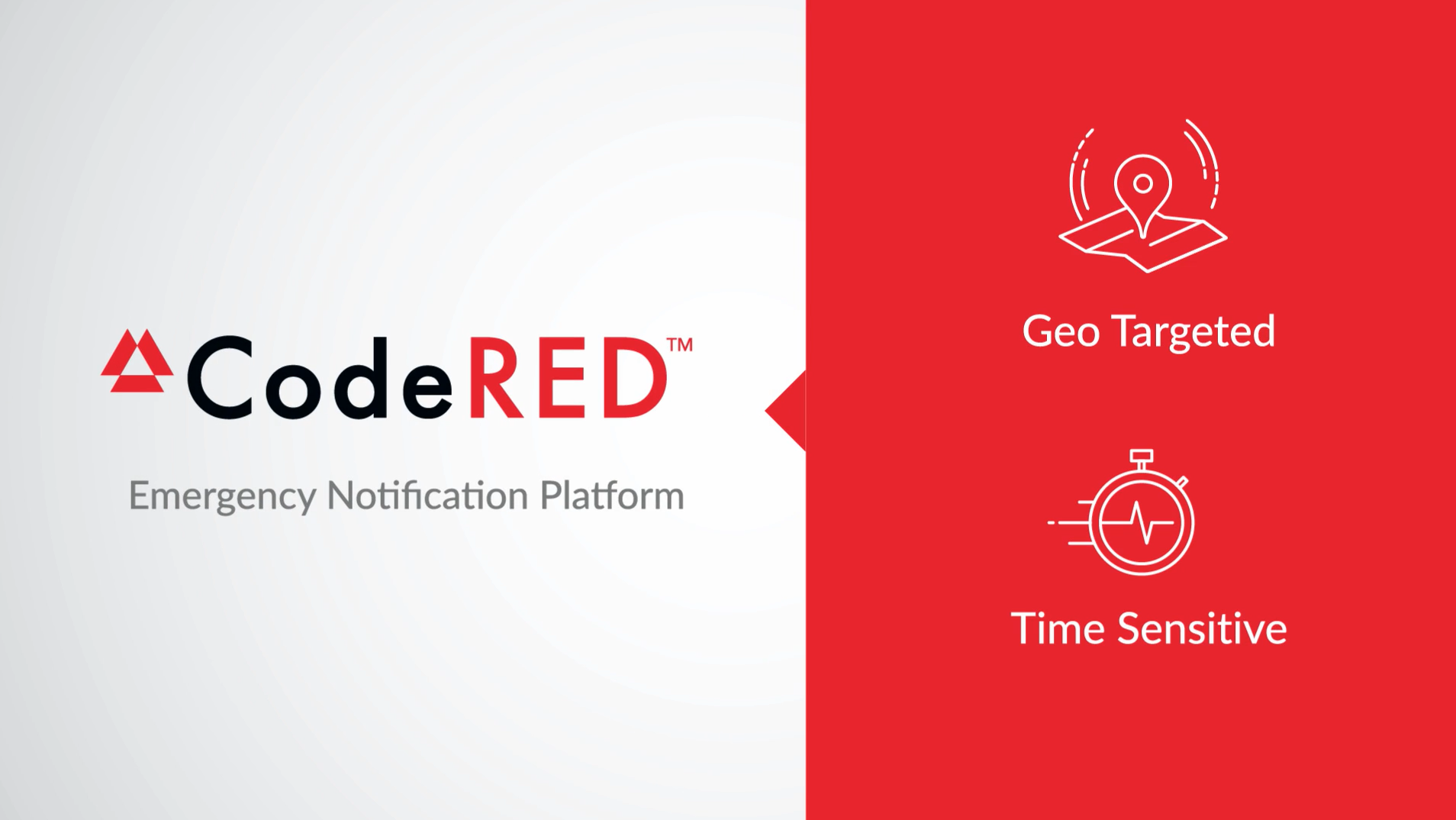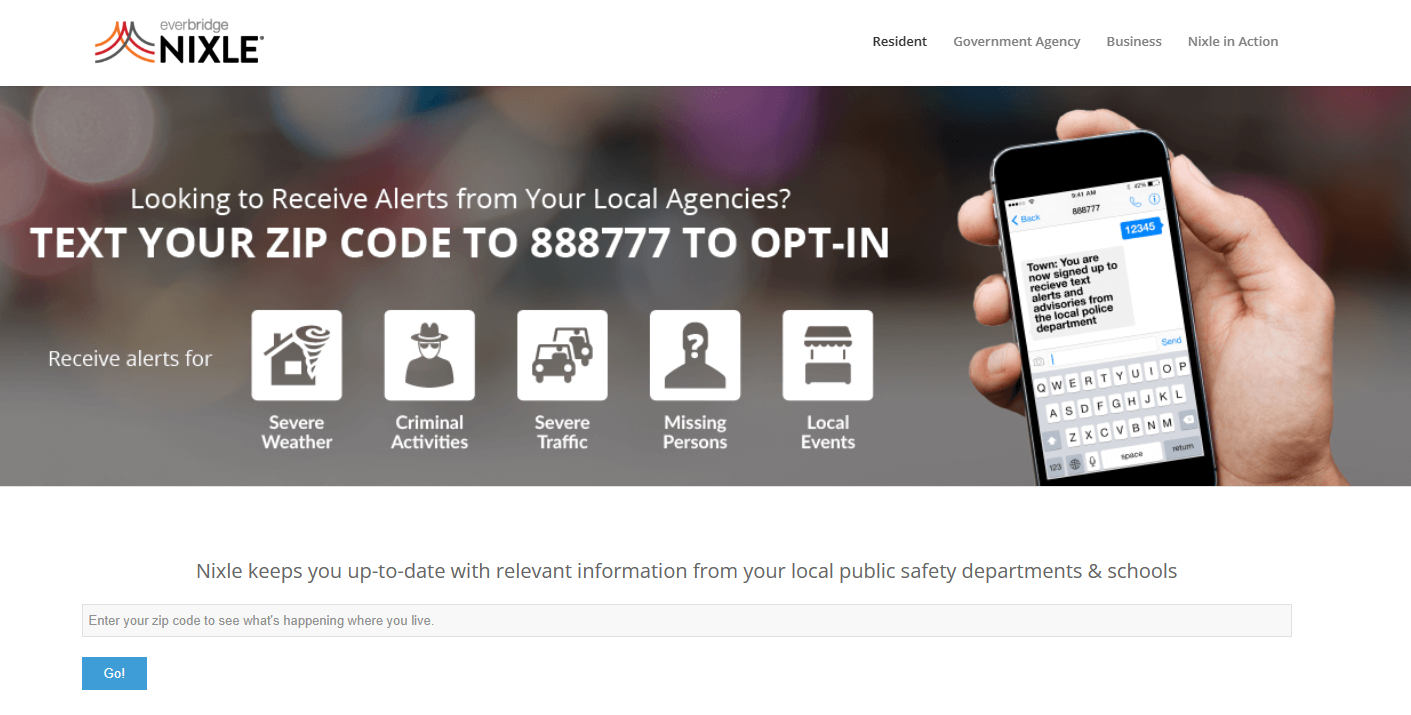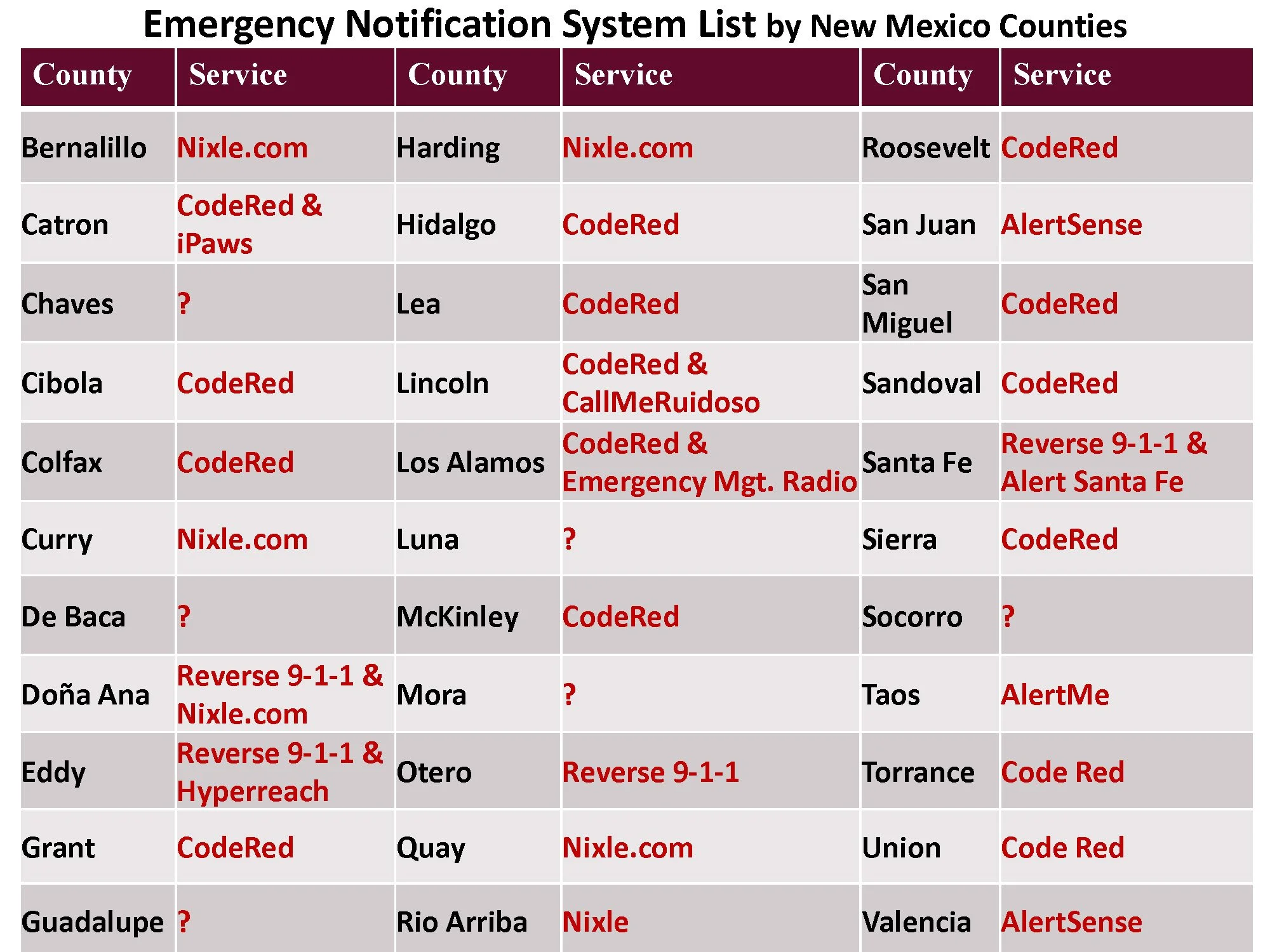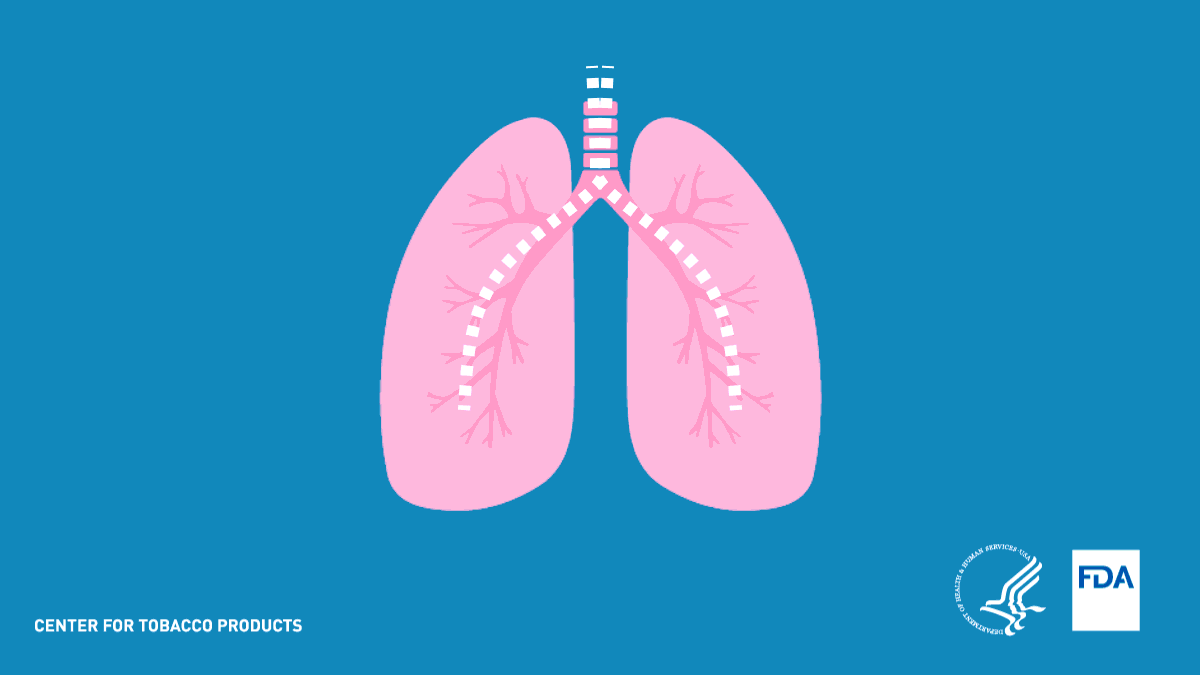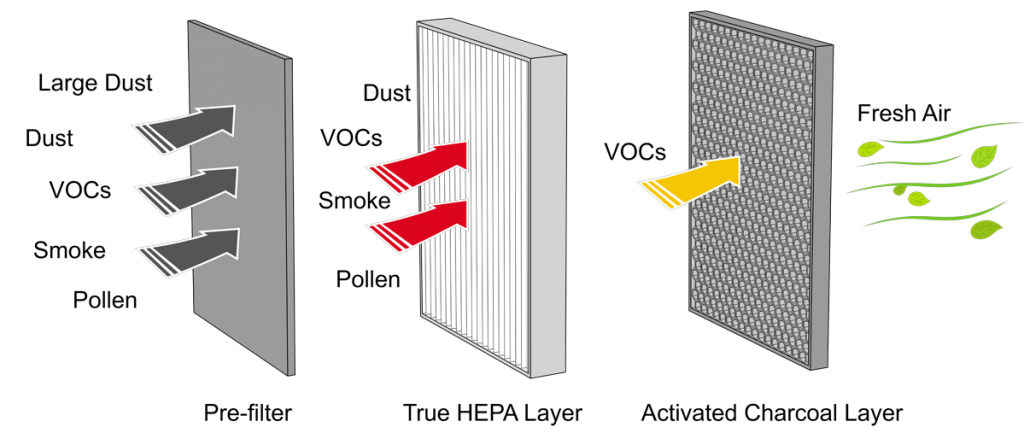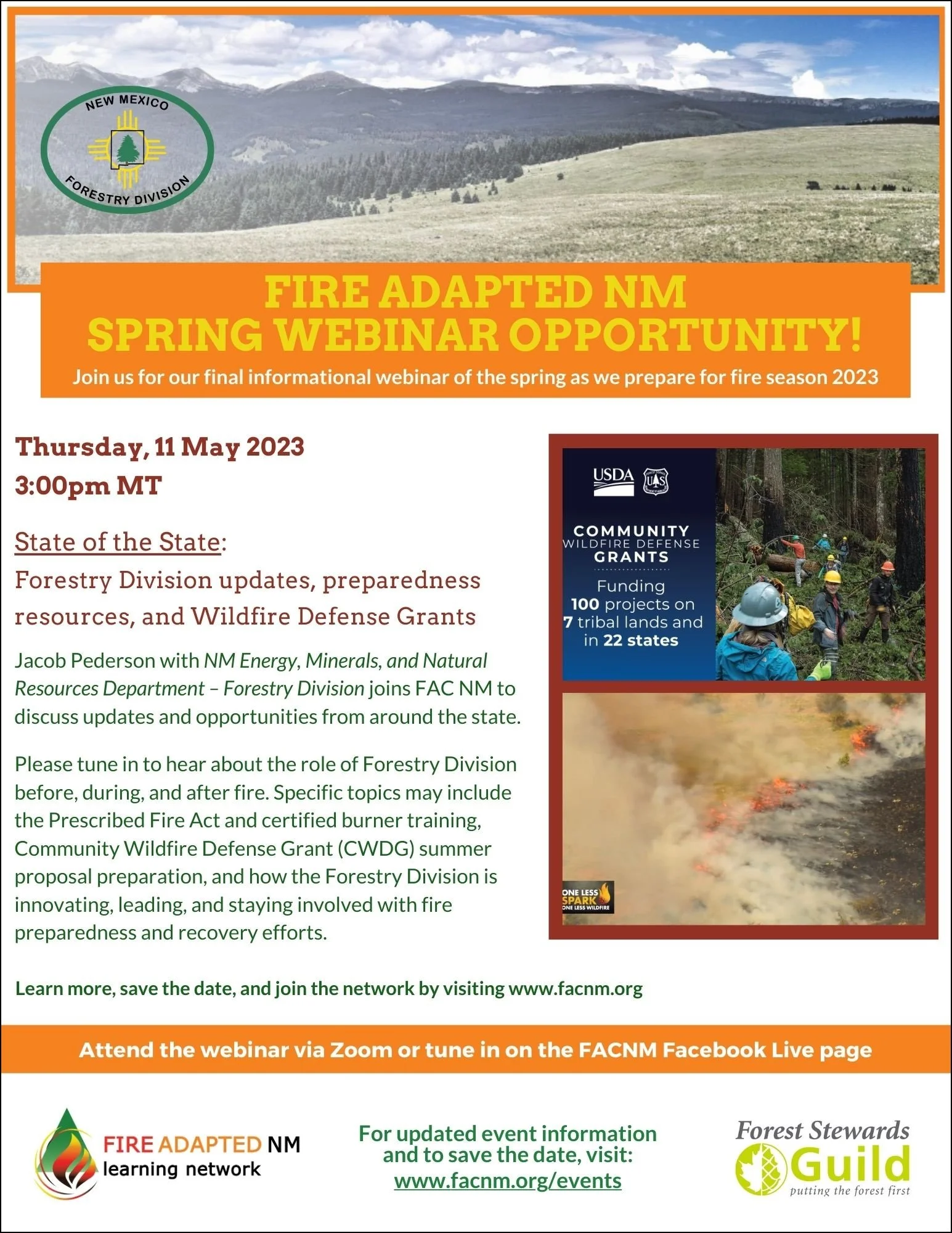Hello and happy Wednesday, Fireshed Coalition readers!
Did you know that of all the wildfires which ignite in the U.S. annually, nearly 90% are human-caused? We’ve heard Smokey Bear telling us to extinguish our campfires (around 44% of all human-caused ignitions start with escaped campfires), but prevention goes far beyond that narrative. Other common culprits include tossed cigarettes, burning yard debris, fireworks, hot exhaust pipes and chains or other items dragging from moving vehicles, agricultural burns, railroads, downed or sparking power lines, and more.
Today’s Wildfire Wednesday features:
An Overview of Fire Prevention
Fire Restrictions and Forest Closures
Upcoming events and announcements
Take care,
Rachel
Fire Prevention
An overview
Fire is a natural part of many ecosystems, but it is also capable of burning at high-intensity and decimating landscapes and communities. For this reason, we look to reduce the amount of fire on the landscape during times of the year when it is more likely to burn hot and out of control.
Interested in learning about fire prevention versus suppression versus exclusion? Read more about the legacy of wildfire in the west and the differences in Wildfire Wednesdays #107.
Fire prevention refers to stopping unwanted wildfires before they start, or ignite - in essence, treating the cause before you get the symptoms. There are two types of wildfire ignitions - natural (lightning and, in some places, volcanoes) and human-caused (both intentional and accidental). With human-caused wildfires accounting for the vast majority of fire starts in the U.S., fire prevention efforts focus on stopping the most common sources to reduce community wildfire risk. The Wildfire Risk to Communities website offers broad categories of prevention tools.
1. Education
“Wildfire prevention education efforts—such as public service announcements, brochures [and signage], social media campaigns, and presentations—can encourage behavior changes and are successful, cost-effective strategies to help decrease the number of human-caused wildfires.” Messaging, training, and school programs provide a good foundation for education. A full list of education program ideas from the National Wildfire Coordinating Group for federal and other fire prevention programs can be found on page 8 of the National Wildfire Prevention Strategy.
2. Regulation
“Regulatory strategies by local governments and land management agencies can be effective [fire prevention tools]. For example, burning regulations and permit systems can be based on current fire danger and historical patterns… Land use planning and zoning can be useful for regulating high-hazard land uses such as sawmills and propane farms.”
3. Enforcement
“Increased patrols by fire service professionals and regular inspections [of equipment or operations that throw sparks such as chainsaws, powerlines, trains, etc.] in fire-prone areas are effective strategies to reduce human-caused wildfires.” Requiring and checking permits and fining and ticketing individuals or businesses who are not following restrictions and regulations are additional enforcement measures. Local forestry and Forest Service personnel can assist with identifying successful techniques.
Needs and Resources
The number one tool on the above list, wildfire prevention education and awareness, is an important component of fire prevention. Although investments in fire prevention have shown to be highly effective at reducing preventable human-caused ignitions, a 2021 report by the Forest Stewards Guild, Investing in Wildfire Prevention, detailed the ways in which many organizations tasked with fire prevention may not be adequately investing time and resources in public education and targeted staff time. Research is ongoing to identify how public education and outreach efforts related to ignition reduction can be improved in human-caused wildfire hotspots in the Southwest; in the meantime, here are a few resources to learn about preventing unwanted wildfires.
Prevention How-Tos: Smokey Bear returns to teach us about preventing unwanted wildfires as a result of campfires, backyard debris burning, and equipment use and maintenance.
Sparky - fire resources for kids: the National Fire Protection Association has created kid-friendly resources on fire preparedness and prevention to education and empower all members of our community.
Wildfire risk visualizer: navigate to your county on the map to see the number of human caused wildfires organized by type (of activity that sparked the fire) and month. Understanding the most prevalent ignition sources helps us to communicate the risk to our communities more effectively.
Identify hotspots: a majority of human-caused wildfires start close to population centers (cities, towns, and camps), along travel corridors (roads and trails), and close to recreation sites (campgrounds and trailheads). Resources such as Risk Factor can provide general information about an area’s relative risk of impact by fire, flooding, and more based on topography, vegetation, and possible ignition sources.
Wildfire Outreach Materials: from the U.S. Fire Administration and FEMA, these materials provide easy-to-share information on fire prevention and preparation. Review the social media graphics, publications, and more to learn about easy prevention techniques and to share them with your community!
One Less Spark: the national campaign offers comprehensive and easy-to-share resources for prevention education including fliers, videos, graphics, and more. The NM Forestry Division produced a 30-second video of the same name covering wildfire prevention basics.
BLM Fire Prevention: this video from the Bureau of Land Management summarizes many of the fire prevention resources listed above. While the narrative focuses on the impacts to rangelands, the prevention techniques are applicable regardless of ecosystem type or location.
Restrictions and Closures for Prevention
Know before you go
Preventing human-caused wildfires is a shared responsibility for all New Mexicans and visitors to our state. The following are some simple tips to remember when living, working, or recreating in fire-prone areas across New Mexico.
Restrictions
To reduce the risk of human-caused fires, many state and federal agencies will issue fire restrictions at varying levels during times of high fire danger. Some areas may be closed entirely until the risk of wildfire decreases significantly.
Before planning a trip to a National Forest (the USDA Forest Service Southwest Region office can be reached at 1-877-864-6985), National Park, or other public lands, check with the managing agency, local fire department, or local government for possible fire restrictions. The New Mexico Fire Information website and NIFC Fire Restrictions Map are also excellent resources.
Read more about Red Flag Warnings and other notices of high fire risk conditions in Wildfire Wednesdays #111.
Closures
Wildfire risk can become severe enough during the warm and dry season to warrant excluding people - including recreationists, contractors, researchers, and more - from an area entirely to prevent unwanted fire starts. These exclusions are called closures and they most commonly occur on National Forests and State Parks. They are often put in place because the vegetation is so dry and the temperatures so high that even everyday activities such as driving pose a risk.
New Mexico Wild has a good round-up of resources to find current closures in the areas you are thinking of visiting and NM Fire Info posts area closures as they are announced around the state. Just like researching fire restrictions before you go, the best way to find up-to-date closure information is by calling the managing agency or fire response organization in the area.
Other prevention tips
Visit New Mexico Forest Division’s prevention webpage to learn more about fire prevention tips and tricks.
Upcoming Events and Announcements
Webinars
Friday, June 2, 12:00 - 1:00pm: Fire in the Southwest, Past and Present – Fire Season 2022 Overview and 2023 Outlook
A researcher examines trends in the largest fires in the Southwest of 2022, and a meteorologist explores the fire season outlook and expectations for fire weather behavior in 2023.
Workshops
November 6-10, 2023: 6th National Cohesive Wildland Fire Management Strategy Workshop
Save the date for this national gathering of fire management professionals working in in local, state, Tribal and federal agencies and organizations as well as non-governmental organizations and private companies. Hosted by the National Fire Leadership Council, the workshop will focus on peer-to-peer learning centered around a shared framework for the future.
Resources for Residents
The National Wildfire Coordinating Group just released a report on Standards for Mitigation in the Wildland Urban Interface. This publication, which highlights preparedness aspects of Fire Adapted Communities, provides comprehensive fire mitigation information, recommendations, and standards to be used by professionals, practitioners, and the public across the country.


